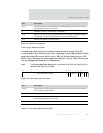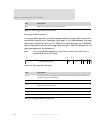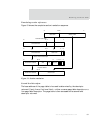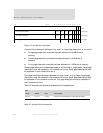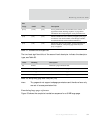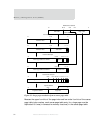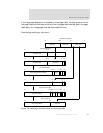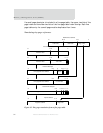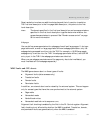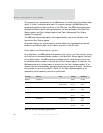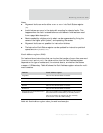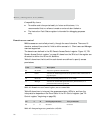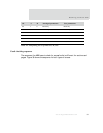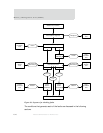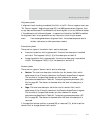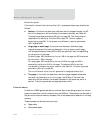
www.digiembedded.com
95
Working with the CPU
Page translation involves one additional step beyond that of a section translation.
The first-level descriptor is the fine page table descriptor; this points to the first-
level descriptor.
Note:
The domain specified in the first-level description and access permissions
specified in the first-level description together determine whether the
access has permissions to proceed. See "Domain access control" on page
98 for more information.
Subpages
You can define access permissions for subpages of small and large pages. If, during a
page table walk, a small or large page has a different subpage permission, only the
subpage being accessed is written into the TLB. For example, a 16 KB (large page)
subpage entry is written into the TLB if the subpage permission differs, and a 64 KB
entry is put in the TLB if the subpage permissions are identical.
When you use subpage permissions and the page entry has to be invalidated, you
must invalidate all four subpages separately.
MMU faults and CPU aborts
The MMU generates an abort on these types of faults:
Alignment faults (data accesses only)
Translation faults
Domain faults
Permission faults
In addition, an external abort can be raised by the external system. This can happen
only for access types that have the core synchronized to the external system:
Page walks
Noncached reads
Nonbuffered writes
Noncached read-lock-write sequence (SWP)
Alignment fault checking is enabled by the A bit in the R1: Control register. Alignment
fault checking is not affected by whether the MMU is enabled. Translation, domain,
and permission faults are generated only when the MMU is enabled.



